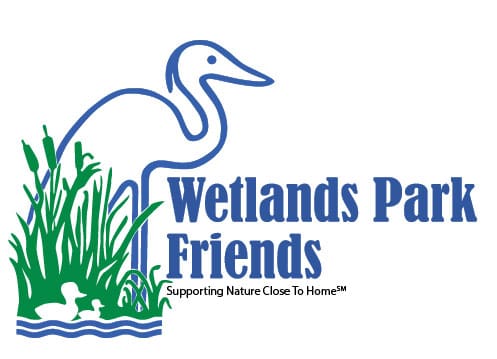The Mallard

WHAT DUCK IS A REAL “QUACKER” WITH AN INTERESTING FAMILY LIFE?
Unquestionably, the mallard (Anas platyrhynchos; male and female seen above) is the most widely distributed and abundant duck in North America. These familiar ducks frequent almost any aquatic habitat, from city park ponds to valley wetlands to small mountain streams and lakes, as well as agricultural areas, where they glean wheat, barley, and waste corn in the stubble. They are members of the group of ducks known as “dabblers,” and feed mainly on the stems and seeds of emergent plants like bulrushes, smartweed, and pond weed. A dining mallard tips forward in shallow water with its tail in the air and its neck stretched straight down to reach the “goodies.” When dabbling, mallards look like they are performing headstands, over and over!
Male mallards (drakes) are easy to pick out, even at a distance. They wear their breeding colors (iridescent green heads, yellow bills, white neck rings, orange legs, and chestnut breast feathers) most of the year. The females (ducks) look very different. Their feathers are mottled brown for camouflage while nesting. Their bills are orange with a dark central stripe. They have a prominent dark line through the eye, and orange legs.
Mallard courtship begins in November, as the ducks pair off for the coming breeding season. Mated pairs will stay together through the spring migration, nest-building, and egg-laying periods, but may or may not mate again in future years. The female leads her mate out from the water to look for a nesting site, and she builds a carefully camouflaged nest on the ground, often far from the water. While laying, she spends most of her time with her mate at a nearby pond or marsh, and comes to the nest just once a day to lay an egg. Her clutch is usually complete at about ten eggs. When incubation begins, the male departs, flying off to join a “drakes-only” flock in a food-rich wetland for the summer, and the female settles in to care for their family.
She remains on her nest about 23 out of 24 hours for 28 days until the ducklings hatch, with only brief breaks to feed, bathe, and preen! Since development of the eggs does not begin until the female begins to sit on them, all the eggs hatch within a few hours of each other. The ducklings can walk, swim, and find their own food hours after they hatch, and their mother leads them down to the water.
They never return to the nest, but depend on their mother for warmth in bad weather, finding good places to feed, and avoiding predators. Young ducklings are on the menu for many predators, including foxes, cats, hawks, gulls, crows, largemouth bass and pike, snapping turtles, and bullfrogs. It is no surprise that fewer than half survive their first two weeks, and only about a third of those make it through the next six weeks until they are able to fly at about 60 days old.
Should you be out walking the trail of Clark Count Wetlands Park his spring and summer, be sure to listen for the familiar loud “quack-quack-quacking” call we all associate with ducks. If you hear that call near a pond, the chances are very good that it is a female mallard calling to her family of ducklings, so take a good look around for them. It’s hard to find anything cuter!
– By Chris Leavitt, President; photo by David Walker
Please enjoy these YouTube videos!
Mallard Facts
www.youtube.com/watch?v=TmDLOocyS0E
Mallards Feeding
www.youtube.com/watch?v+6wGof87AdSA
Female Mallard Calling
